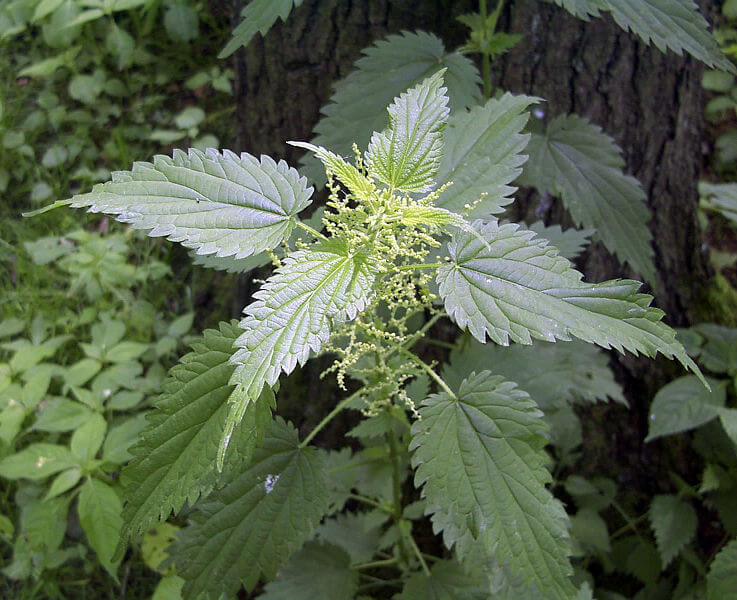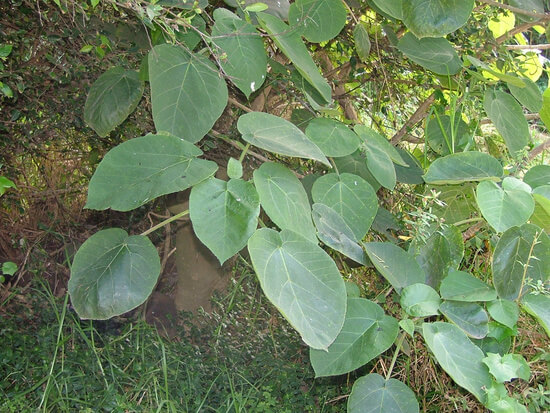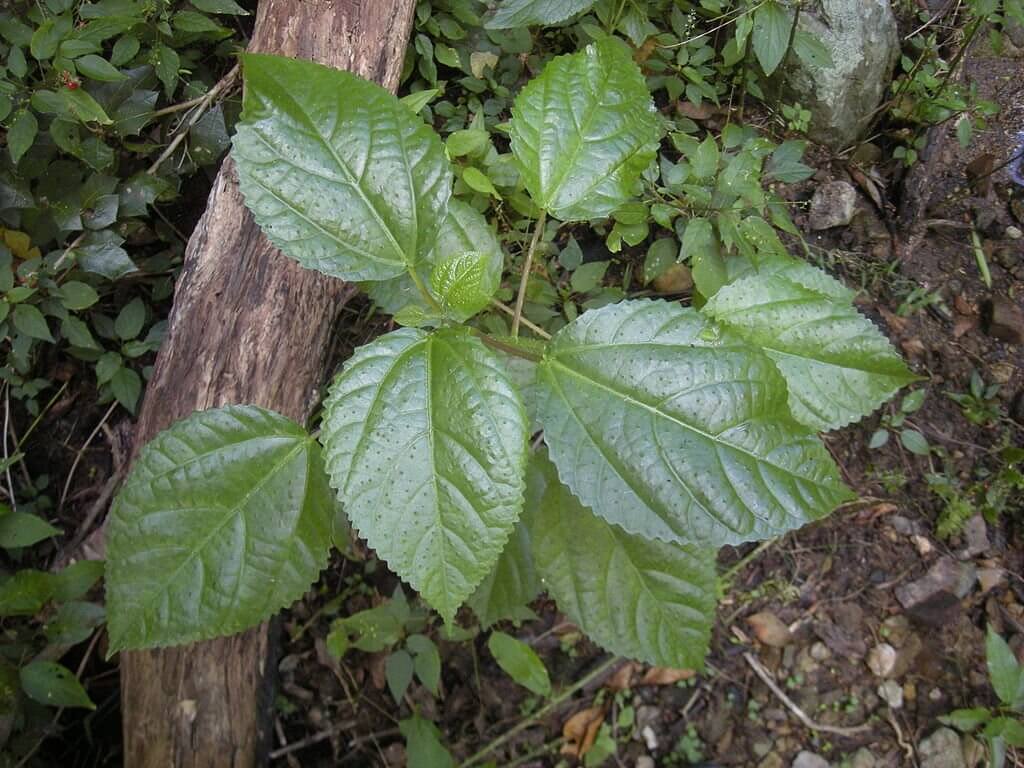Most people usually concern themselves with the dangerous insects and replies they may encounter when bushwalking in New south Wales, however, there are quite a few stinging plants out there that you may encounter that will also cause you some serious uncomfort and pain. Here are a few of such plants followed by how you may treat a sting from them:
Stinging Nettle
(Urtica dioica)
 Photo: Uwe H. Friese, Bremerhaven 2003
Photo: Uwe H. Friese, Bremerhaven 2003
Most Might already be familiar with this one, it is a very common noxious weed and as it’s name suggests it’s a stinger. The leaves are covered in micro hairs that when brushed across will embed themselves in your skin. They can even on some occasions penetrate thin light clothing. Once the hairs are in your skin the stinging starts, when they are agitated again the stinging can come back and or get more intense. As far as stings go, the sting from the stinging nettle plant is rather mild and more of an extreme itch and uncomfort rather than pain. It is not a large plant nor does it tend to grow very high but will be found in large bunches. Generally stings can be avoided by wearing enclosed shoes and sox or pants that cover your ankles.
Australian Nettle Tree
(Dendrocnide excelsa)
 T.M. Tame ©The Royal Botanic Gardens & Domain Trust
T.M. Tame ©The Royal Botanic Gardens & Domain Trust
Unlike the stinging nettle, this plant is a native, and in the traditional Australian way it packs a meaner sting. The Australian nettle is a tree so it’s size can range from ankle height to well above your head. The Australian nettle tree can be found in rainforests regions up most of the NSW coast line. At first glance it appears harmless especially being a tree. Another issue is that it often blends in with the other forest flora when not on the lookout for it.
Shining-leaved stinging tree
(Dendrocnide photinophylla)
 Photo: Mark Marathon
Photo: Mark Marathon
This stinging plant at first glance appears to be more inconspicuous of it’s stinging intent due to its leaves being glossy. The stinging hairs can be more often found on the stems of this plant, like the stinging nettle the sting on this plant is rather mild in terms of pain. The Dendrocnide photinophylla is often found in rainforest areas from the NSW central coast right up through Queensland. Like the Australian nettle, the shinning-leaved stinging tree is also a native Australian plant.
Treating the sting from a plant
The thing that most stinging plants have in common is that they itch, as hard as it might be, try to avoid scratching the affected area. Scratching can lead to further irritating the sting and can cause more damage to the skin. This includes avoiding rubbing the area. Agitating the stinging area can cause the micro hairs on your skin to release more sting toxins. If possible apply gently flowing cold water to the affected area, this will sooth the pain and remove any micro hairs that have yet to release their toxin.
Aloe vera can also help provide relief to the sting. Apply it to the affected area and it should relieve some of the burning sensation the plant’s sting will have left with you. You should also try to keep the sting cool, and ice pack is recommended. If the stinging persists seek the medical advice of a doctor or chemist for an over the counter solution. If you think that your symptoms are abnormal and you may be having an allergic reaction, seek emergency medical attention.
I live in Sydney and brushed my leg one afternoon against a large stinging nettle. I ended up with chronic hives that lasted for 2 years which broke out in red welts and rashes and got super itchy. Be careful with the nettle!